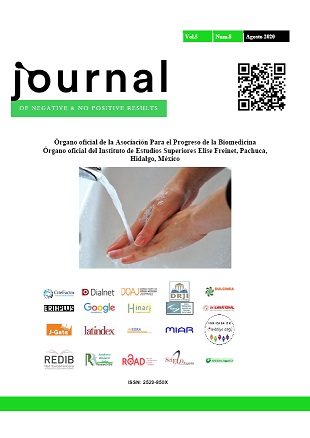Laparoscopic Imaging Atlas of the Duodenal Switch (Part I)
DOI:
https://doi.org/10.19230/jonnpr.3426Keywords:
Duodenal Switch, Bariatric Surgery, Bilio-pancreatic DiversionAbstract
Laparoscopic Bilio-Pancreatic Diversion (BPD) with Duodenal Switch (CD) is a technically challenging operation that requires extensive surgical dissection, transection and restoration of bowel continuity, and advanced laparoscopic suturing skills.
Downloads
References
DeMeester TR, Fuchs KH, Ball CS, et al.: N. Experimental and clinical results with proximal end-to-end duodeno- jejunostomy for pathological duodeno gastric reflux. Ann Surg. 1987;206(4):414-24.
Hess DS, Hess DW. Biliopancreatic diversion with a duodenal switch. Obes Surg 1998; 8:267-82
Marceau P, Biron S, St Georges R, et al. Biliopancreatic diversion with gastrectomy as surgical treatment of morbid obesity. Obes Surg 1991; 1:381-7. 5.
Scopinaro N, Gianetta E, Civalleri D, et al. Two years of clinical experience with biliopancreatic bypass for obesity. Am J Clin Nutr 1980; 33:506-14.
Ren CJ, Patterson E, Gagner M. Early results of laparoscopic biliopancreatic diversion with duodenal switch: a case series of 40 consecutive patients. Obes Surg 2000; 10:514-523.
Baltasar A, Bou R, Miró J. et al.: Avances en técnica quirúrgica. Cruce duodenal por laparoscopia en el tratamiento de la obesidad mórbida: técnica y estudio preliminar. Cir. Esp. 2001; 70:102-104. (www.youtube.com/ watch?v=GSfzgYYxZJ8)
Serra C, Pérez N, Bou R, et al. Sliding self-locking first stitch and Aberdeen knots in suture reinforcement with omentoplasty of the laparoscopic gastric sleeve staple line. Obes Surg 2014; 24:1739-40. DOI: 10.1007/s11695014- 1352-5
Baltasar A, Bou R, Serra R, et al. Use of self-locking knots in running intestinal bariatric sutures. Glob Surg 2015; 2:100-1. DOI: 10.15761/GOS.1000132
Falta completar la cita a la Parte II
Published
Issue
Section
License
All accepted originals remain the property of JONNPR. In the event of publication, the authors exclusively transfer their rights of reproduction, distribution, translation and public communication (by any sound, audiovisual or electronic medium or format) of their work. To do so, the authors shall sign a letter transferring these rights when sending the paper via the online manuscript management system.
The articles published in the journal are freely used under the terms of the Creative Commons BY NC SA license, therefore.
You are free to:
Share — copy and redistribute the material in any medium or format
Adapt — remix, transform, and build upon the material
The licensor cannot revoke these freedoms as long as you follow the license terms.
Under the following terms:
Attribution — You must give appropriate credit, provide a link to the license, and indicate if changes were made. You may do so in any reasonable manner, but not in any way that suggests the licensor endorses you or your use.
NonCommercial — You may not use the material for commercial purposes.
ShareAlike — If you remix, transform, or build upon the material, you must distribute your contributions under the same license as the original.
No additional restrictions — You may not apply legal terms or technological measures that legally restrict others from doing anything the license permits.

This work is licensed under a Creative Commons Attribution-NonCommercial-ShareAlike 4.0 International License

























